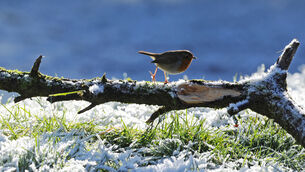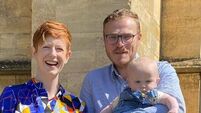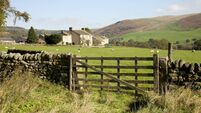Dwyer Murder Trial - Day 5: Blood and cuts found on mattress

Graham Dwyer, a 42-year-old architect, is charged with Ms O’Hara’s murder in the Dublin Mountains on August 22, 2012, hours after the childcare worker was discharged from hospital, where she had been a psychiatric patient.
The Cork-born father of two of Kerrymount Close, Foxrock, Dublin, has pleaded not guilty to murdering the 36-year-old Dubliner on that date at Killakee, Rathfarnham.












